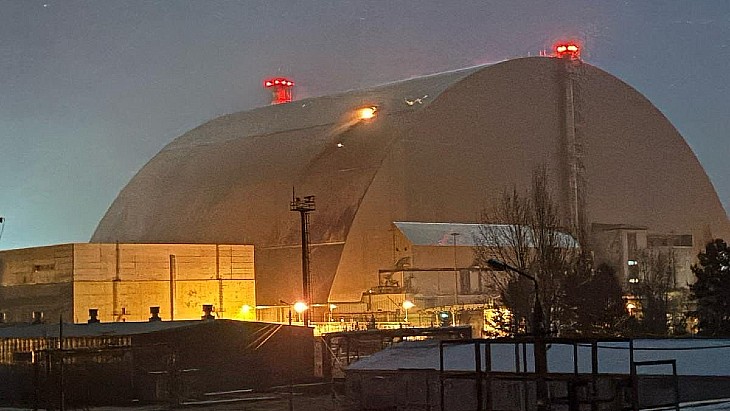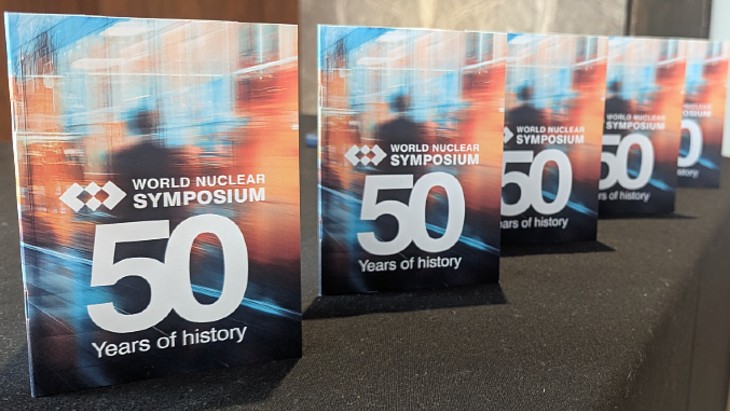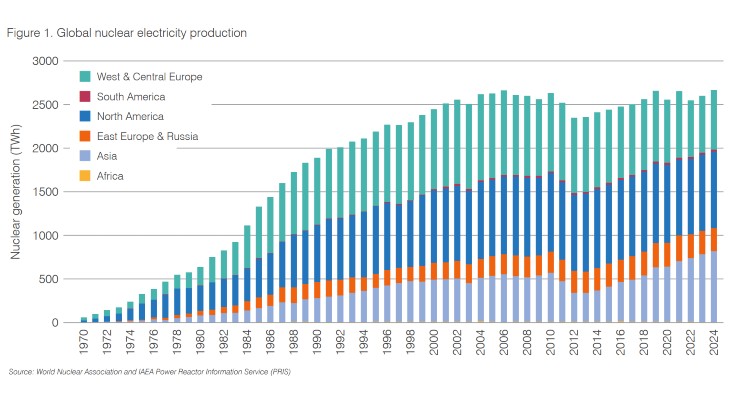The UK government's chief independent scientific advisor has told the British Embassy in Tokyo that radiation fears from the stricken Fukushima nuclear power plant are a "sideshow" compared with the general devastation caused by the massive earthquake and tsunami that struck on 11 March.
Speaking from London in a teleconference on 15 March to the embassy, chief scientific officer John Beddington said that the only people likely to receive doses of radiation that could damage their health are the on-site workers at the Fukushima Daiichi plant. He said that the general population outside of the 20 kilometre evacuation zone should not be concerned about contamination.
Beddington said that the current situation was that "the Japanese are trying to keep the reactors cool by pumping sea water that will keep the temperature down; that's their first line of defence." He added, "Up to now that's been working reasonably well." He noted that when the pressure within the containment vessel increases to a high level, workers release a mixture of steam and hydrogen into the atmosphere. This, he said, contains "really quite modest amounts of radioactive material."
|
Speaking of a worse-case scenario at the stricken plant, Beddington said that if workers were unable to keep the reactors sufficiently cooled, you can get "the dramatic word 'meltdown'." He noted, "What a meltdown involves is the basic reactor core melts, and as it melts, nuclear material will fall through to the floor of the container. There it will react with concrete and other materials ... that is likely ... remember this is the reasonable worst case, we don't think anything worse is going to happen."
"In this reasonable worst case you get an explosion. You get some radioactive material going up to about 500 metres up into the air," Beddington said. "Now, that's really serious, but it's serious again for the local area." He said that even if there was the worse weather situation, with strong winds pushing the release towards Tokyo, there would still be "absolutely no issue. The problems are within 30 kilometres of the reactor."
Not another Chernobyl
Beddington stressed that the events at the Fukushima Daiichi plant cannot be compared to those at the Chernobyl plant in Ukraine in 1986. "In Chernobyl, first of all the top blew off the reactor and then the core of the reactor, the graphite which surrounds the core, actually caught fire and burned for a very long time," he said. "Material was going up not just 500 metres but to 30,000 feet (9150 metres). It was lasting not for the odd hour or so, but lasted months, and that was putting nuclear radioactive material up into the upper atmosphere for a very long period of time. But even in the case of Chernobyl, the exclusion zone that they had was about 30 kilometres. And in that exclusion zone, outside that, there is no evidence whatsoever to indicate people had problems from the radiation."
"The problems with Chernobyl were people were continuing to drink the water, continuing to eat vegetables and so on and that was where the problems came from. That's not going to be the case here," according to Beddington.
He highlighted that it will be the workers at the Fukushima site attempting to keep the reactors stable who will receive the highest doses of radiation. However, he noted, "They will be completely screened by the Japanese authorities; they will be decontaminated in a whole series of mechanisms which are well understood by the nuclear industry."
Beddington noted that there had been concerns both in Japan and internationally about the information from Japanese authorities on radioactive releases from the Fukushima plant following the quake and tsunami. However, he said that releases of radiation cannot be concealed. "It's monitored throughout the world. We know we can actually monitor exactly what the radiation levels are around there externally so [concealment] is just not happening."
Researched and written
by World Nuclear News












